Choosing the right texture at home, in an office, or in any room can completely transform a space's aesthetics and sensations. Texture can profoundly affect how we perceive, experience, interact, and experience a space.
It may seem like a detail. But it may be the most crucial detail in creating an interior design project. The icing on the cake, as Canadian interior designer Candice Olson defines it.
"Texture is like the icing on the cake in interior design. It's what makes a room feel inviting and complete."
Texture is one of the most powerful tools at designers' disposal for creating aesthetically appealing, functionally adequate, and emotionally captivating rooms. This will, without a doubt, be the formula for success.
Texture is crucial in creating a tactile and visual sensation in a space. Just imagine the following scenario: when we touch a rough surface, like an exposed brick wall, or feel the softness of a velvet armchair, we have different sensory experiences, right? These sensory experiences contribute to the way we perceive the space around us.
In the context of interior design, texture refers to the physical or visual surface of an element. We know something has texture because we can feel it in our hands. But texture is much more than this simple definition. Texture can be perceived in many ways and is a fundamental part that interior designers can work with to create a complete experience in the space.
"Texture is the key to creating a multi-sensory experience in interior design. It not only influences how a space looks but also how it feels and sounds."
Thom Filicia
It's more than adding a patterned pillow here or a fluffy rug there. It is the art of perfectly combining the tactile and the visual.
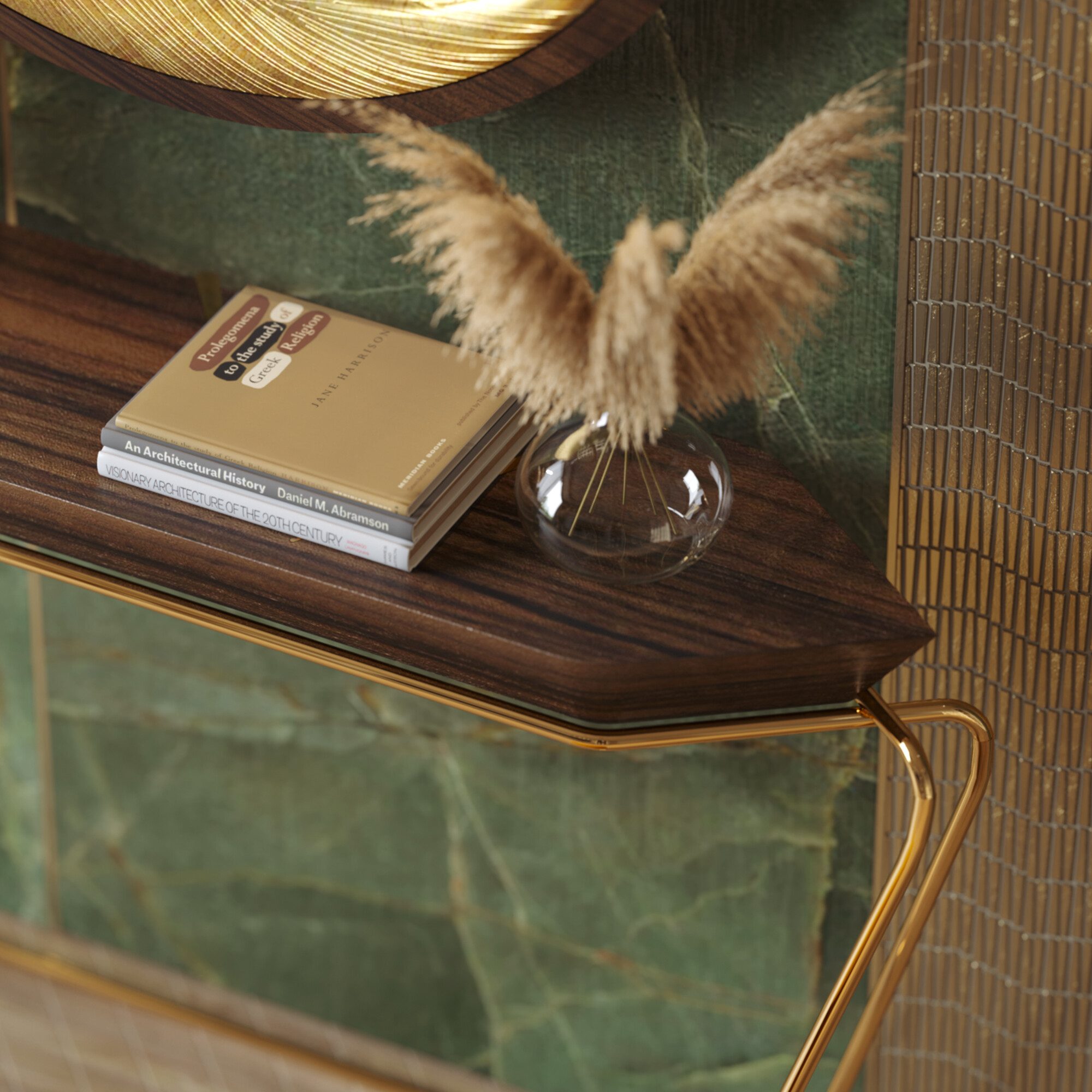
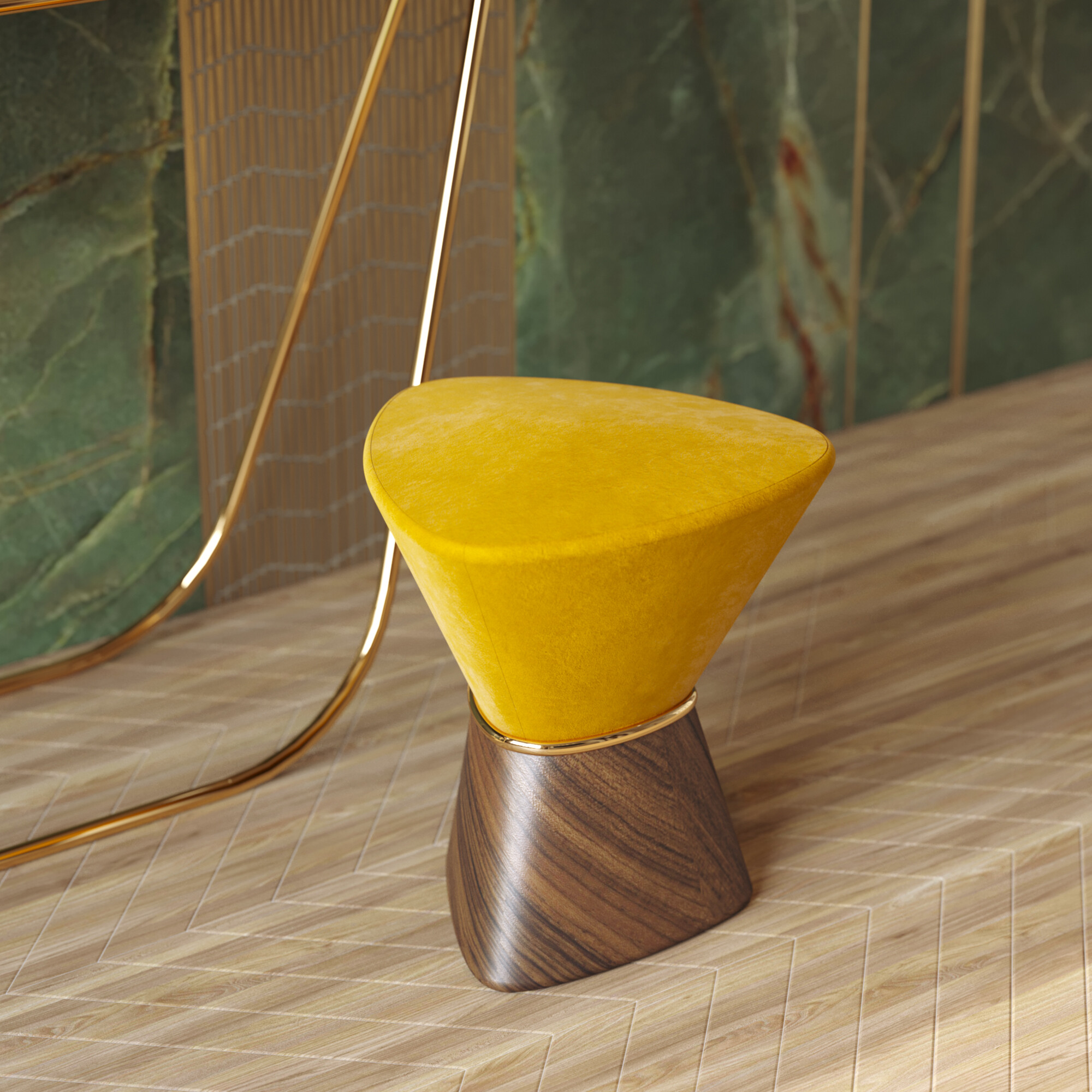
The tactile texture is the most obvious. It is what we can physically feel when touching a surface. Be it the roughness of a wall, the smoothness of a fabric, or the softness of a rug. These are all examples of tactile texture. The tactile texture will influence the feeling of comfort and welcome in a space.
The visual texture is almost an illusion. It refers to the appearance of a surface, even if it cannot be touched. It can be used to create illusions of depth, visual interest, or style. A wallpaper with a specific pattern or a piece with a marbled finish are examples of visual texture.
Beyond creating a tactile and visual sensation, texture also allows you to add depth and dimension to a space. For example, textured surfaces, such as a floor with varying textures, can create a sense of layering and visual interest in an area that might otherwise appear monotonous.
It is also important to highlight that the careful choice of textures allows you to create contrast or balance in a room. A room with smooth surfaces can be given a new lease of life with some textured details, creating an exciting contrast. On the other hand, in very visually busy spaces, softer textures provide balance and calm.
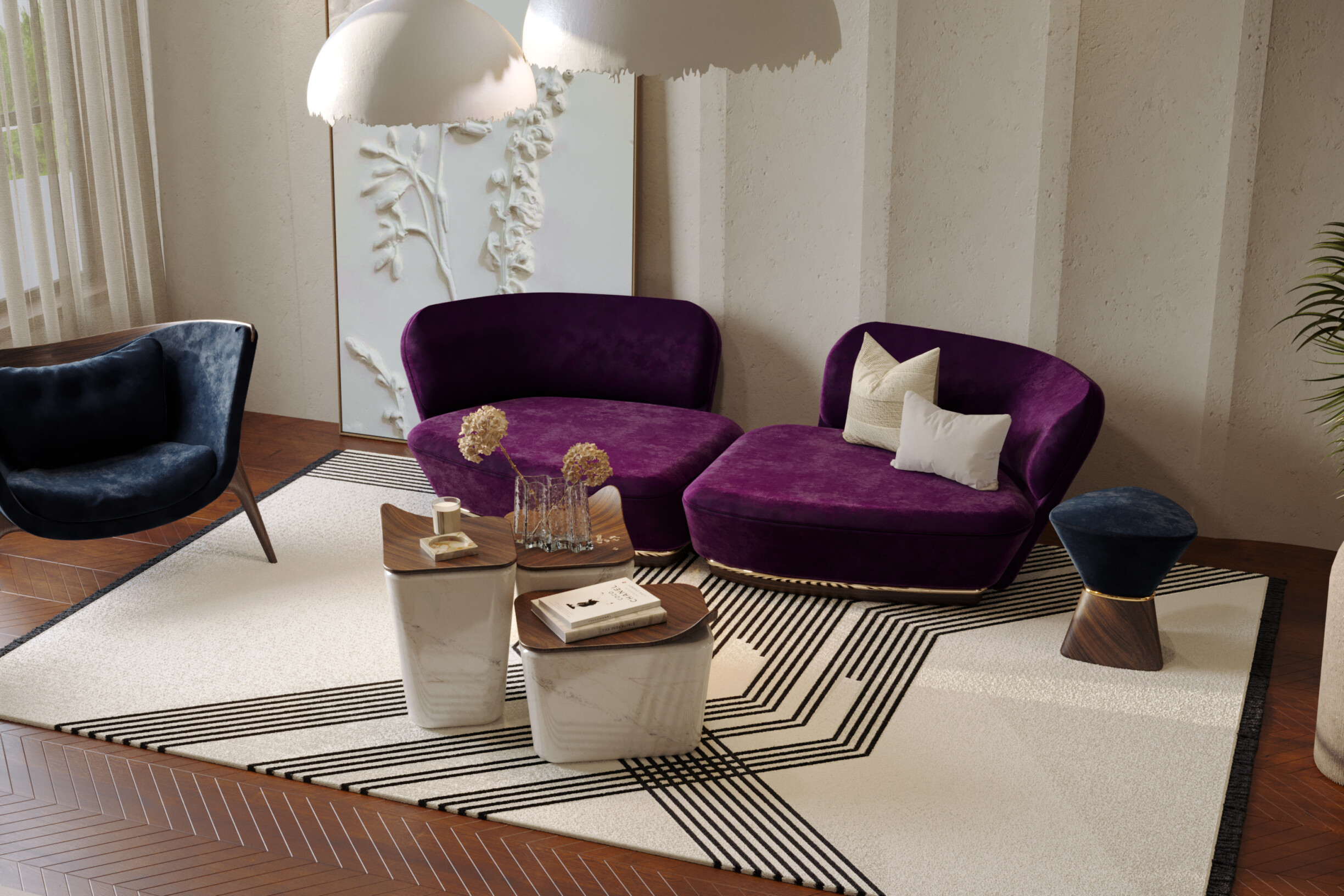
Texture plays a vital role in interior design for different reasons:
Adds variety and interest, preventing a room from appearing monotonous and boring;
Influences the perception of space;
Creates a specific atmosphere. For example, natural textures such as wood and stone evoke a rustic feel, while shiny, polished textures add a touch of luxury and elegance. The bonsai table from ALMA de LUCE is perfect: the walnut wood footer gives this piece an unusual and chic effect that supports a marble and wood top. This luxury statement table makes the perfect center point of any dining setting.
It adds comfort and functionality to a room. Just think that soft and comfortable surfaces, like a satin sofa, can make a room more inviting and functional. Try incorporating the Al-Hijr modular sofa from ALMA de LUCE: the soft velvet of this sofa transforms any living room into a cozy and familiar space, infusing a cozy feeling of home comfort.
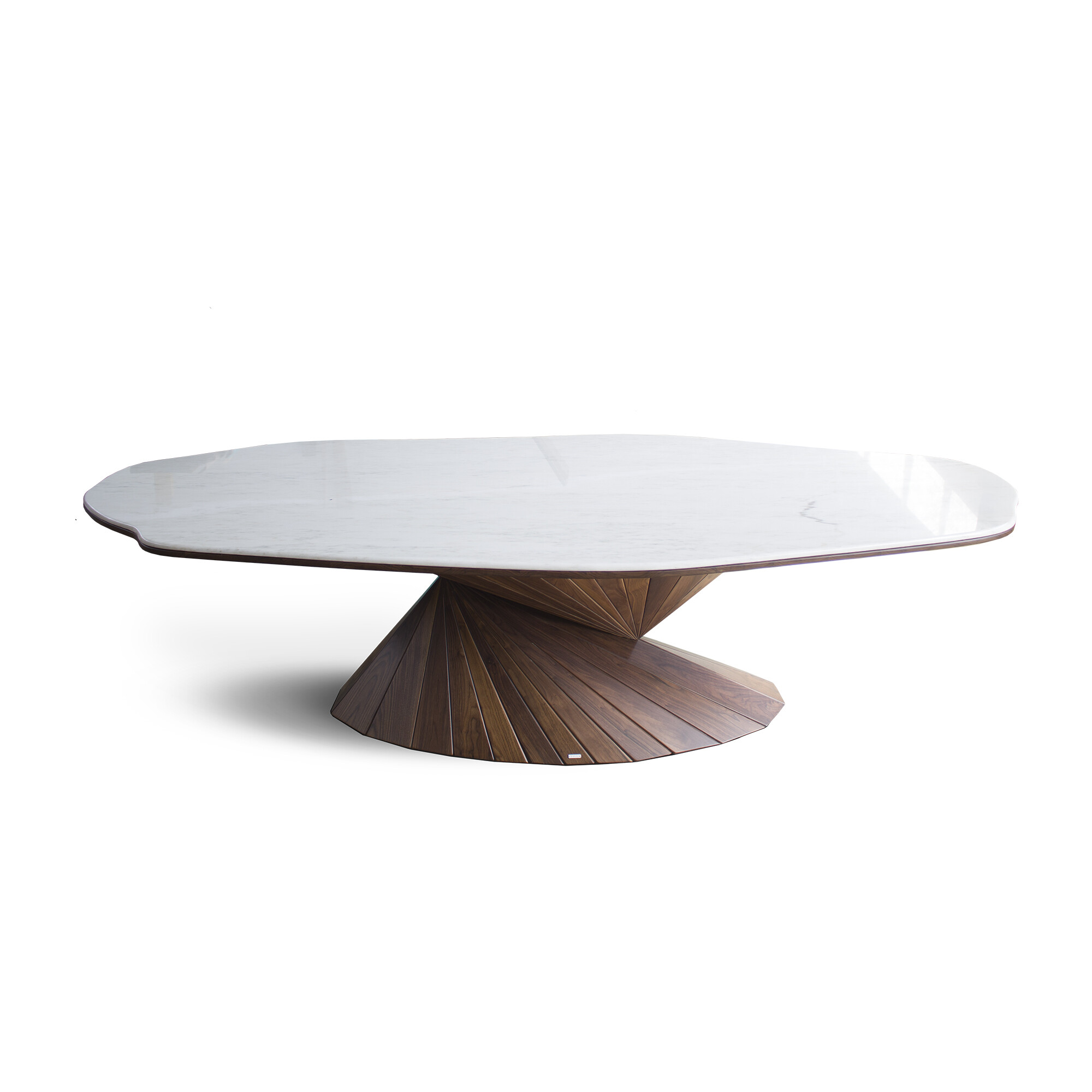
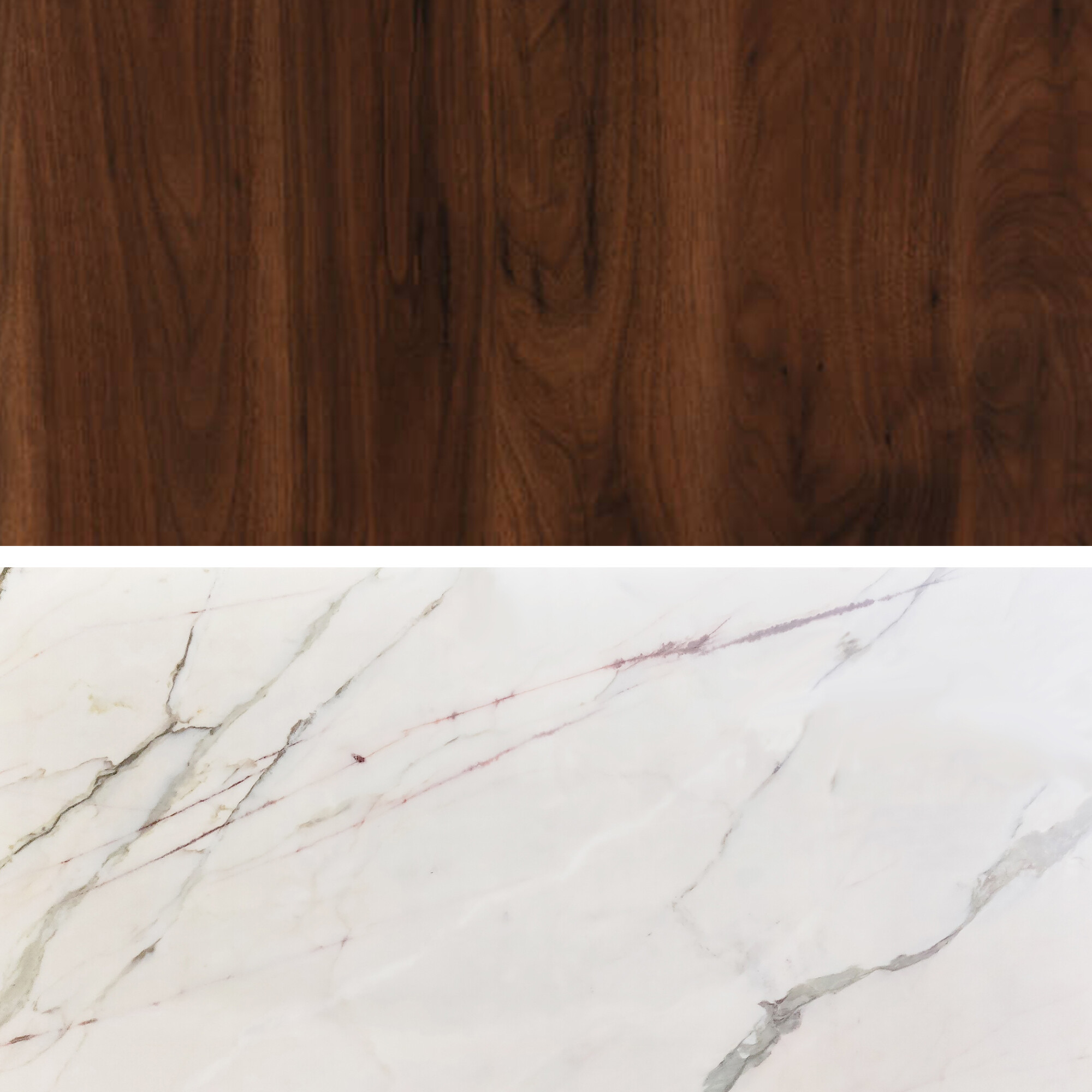
The choice of tactile elements in an interior decoration project is crucial to creating an attractive and comfortable environment. But, what is the process to achieve the perfect choice? Here are our guidelines to help you choose tactile elements effectively:
Understanding the purpose of the space: before defining which tactile elements to use, it is essential to understand the purpose and function of the room. In a bedroom, which intends to be an area of comfort and relaxation, opt for pieces with texture that convey that feeling, such as the Ginkgo bed from ALMA de LUCE.
Take into account the sensation you want to convey: ask yourself what type of tactile sensation you wish to bring into the space;
Think about durability: the materials' durability concerning the space's expected use must be considered. In areas with more circulation and use, such as corridors or living rooms, choose resistant and easy-to-maintain materials;
An extra tip: in this article in our blog we give 5 suggestions to boost a living room.
Evaluate the overall aesthetics: remember that tactile elements must be part of a context and a global interior design project, fully integrating into the aesthetics of the space, particularly with the chosen color palette.
The best way to ensure that the process of selecting tactile elements is simple and meets the objectives is for it to be done by an interior designer. This is where the interior designer comes in. To help with decision-making! See in this article 8 reasons to hire an interior designer.
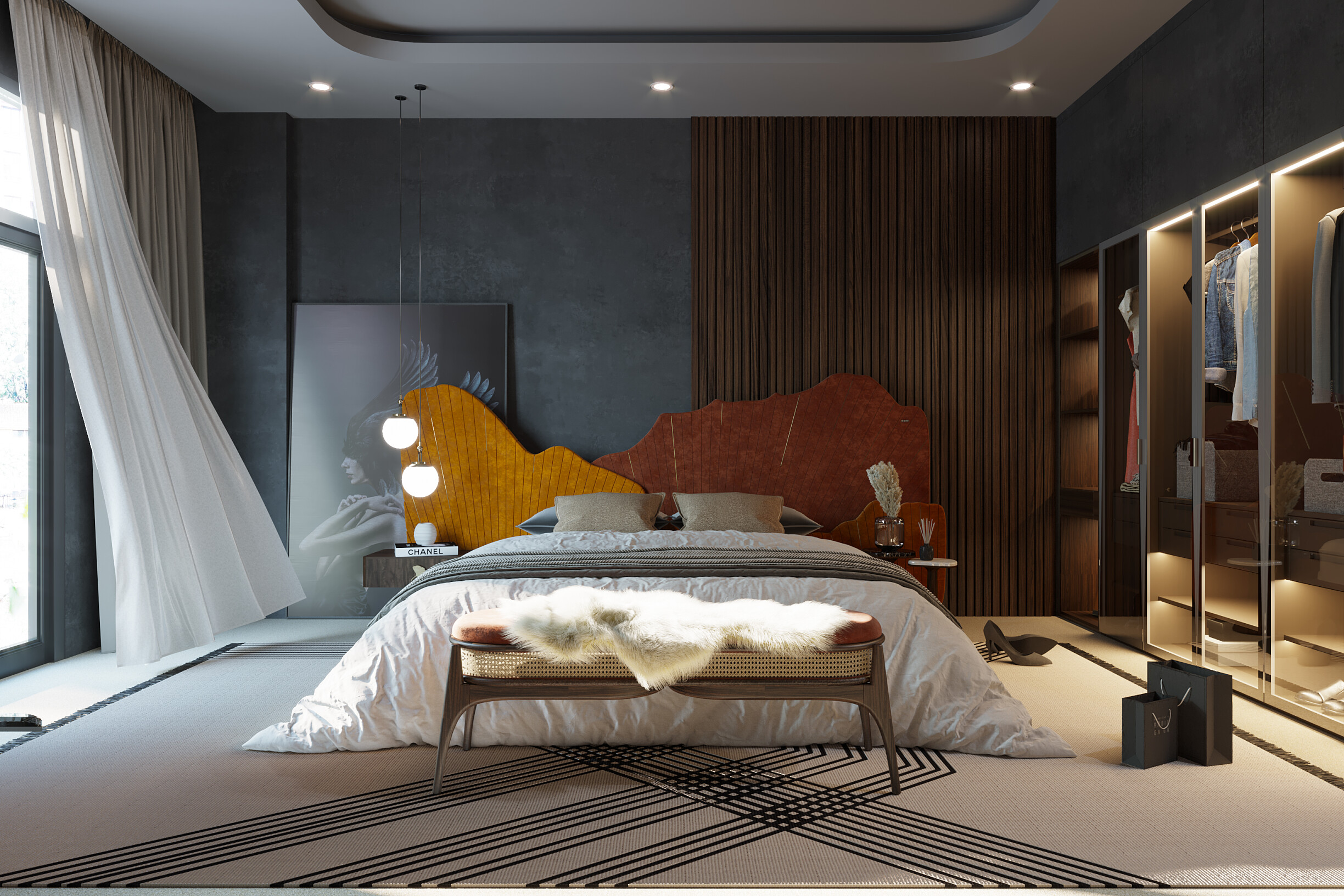
Now that we understand the importance of incorporating texture into interior design, let's know in a simple way how to proceed.
Our first suggestion is to create a mood board to understand how the texture will enhance the space. It may seem like a simple tool, but it is an excellent solution to boost and express the development of ideas and concepts. In this article you will find tips for creating the perfect mood board for your interior design project.
We have put together 3 possibilities for incorporating texture into interior design:
1. Layer different textures
Layering different textures in interior design is key to achieving a wealthy and successful result. Mix various texture sources, avoiding focusing on just one type of fabric or finish. The idea is that the textures match each other, regardless of the elements chosen. Give free rein to your creativity because you can obtain unique results!
2. Use contrasting fabrics
Textures are more than just pretty to look at. Contrasting different textures and fabrics will bring balance to a room. For example, is the color palette chosen for a room in the same tones? So, you can “interrupt” this consistency by varying the fabrics' textures.
3. Add texture furniture
There is nothing like furniture texture to explore the tactile sensations of a space. Furniture is an excellent opportunity to add texture to a room.
Imagine running your hand on a cold and soft marble table like Castanheiro from ALMA de LUCE, having a family meal on the walnut wood of the dining table Rusak from ALMA de LUCE, or relaxing at the end of the day on the soft and comfortable Amasunzu sofa from ALMA de LUCE.
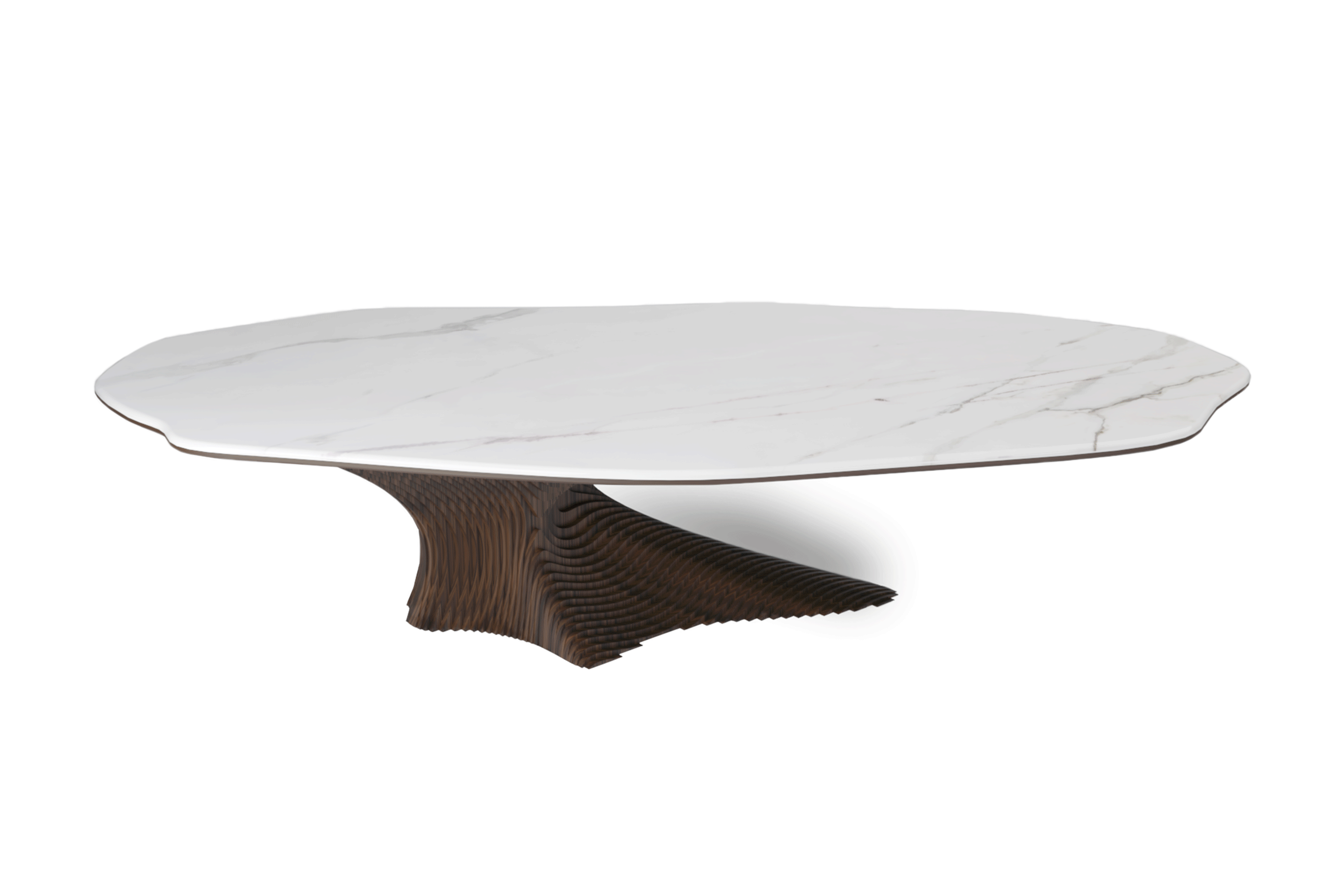
A rug that brightens up a living room or a wooden coffee table that gives a rustic look. This is the texture value. Understanding and harnessing texture's influence on interior design makes it possible to create truly engaging and inspiring environments. Often undervalued, texture can be the key to elevating your interiors to the next level. So, don't think twice before using it.
If you are ready to create the projects of your dreams and surprise and dazzle your customers, contact us. We will help you to create exclusive and current projects that win over your customers!
Did you like this article? You can follow us on Instagram, Facebook and Pinterest to stay updated with the latest architecture, design and interiors news.